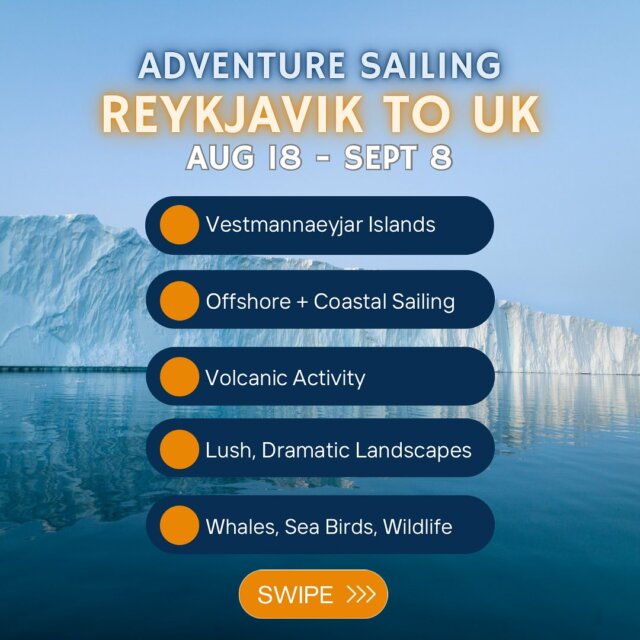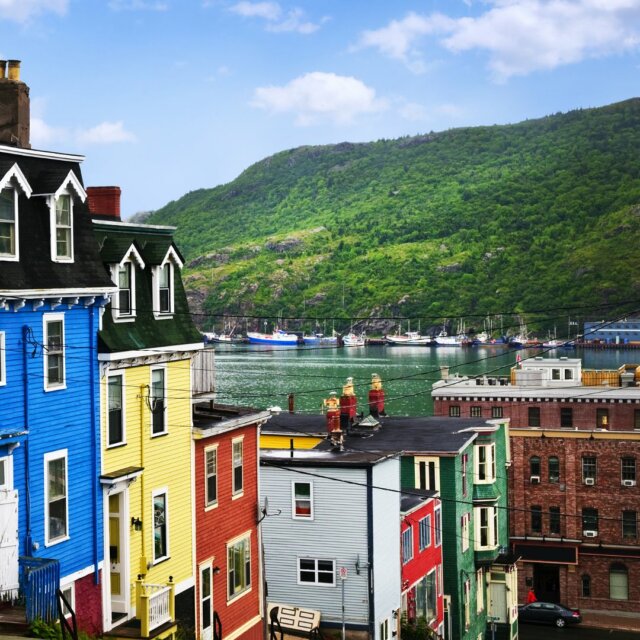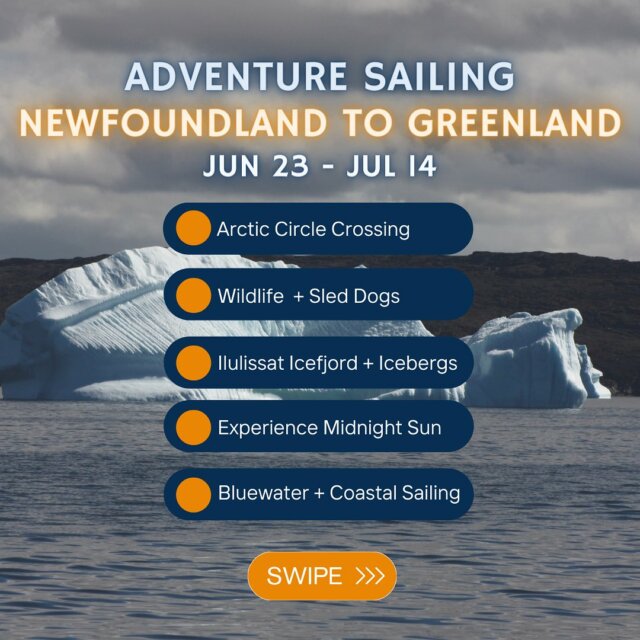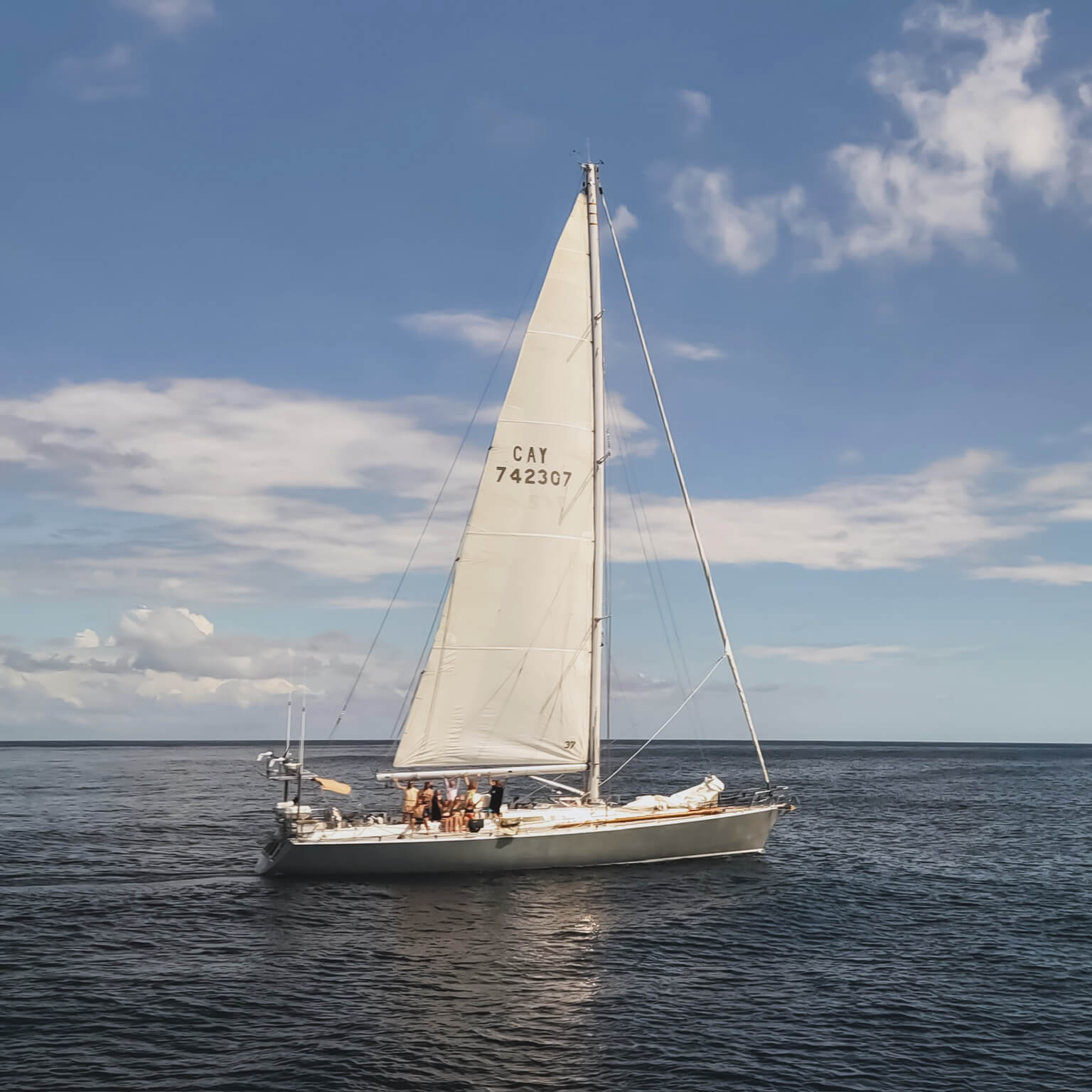The last few days, the team has been discovering, diving and absorbing an exceptional “undersea” landscape. Despite being over 350 miles from land and having the exact same view on the surface as we would in almost any part of the sub-tropical ocean, we have seen a genuine “other world”. Passing all expectations, the shallow reef banks out here have given us a priveleged insight into an isolated, wonderful marine habitat.
We have been charting, diving and filming two main reef areas on the banks. The first we discovered several days ago, the second on the 15th. Searching patterns across the tops of the seamounts- averaging 170-200′- we look for shallow water. In truth, shallow only tells us that. It says nothing about bottom type or life below. It could be rubble, sand, dead reef or healthy coral. The first point gave us readings of 110′ and deeper. This area revealed a deeply structured landscape below of curving ridges, sand plains and banks of coral ans sponges. And lots fish. The bottom was at 150′ with the reef tops at 110′. This gave our four technical divers plenty of bottom time, and the rest of us about 10 minutes on the bottom (all this way for 10 minute glimpses). The reef is a mix of live coral, sponges, tunicates, red and brown algae. The fish litterally fill the wate column. Large grouper swim by with absolutely no fear, alongside us as divers. Sharks cruise in the distance and a white species of parrotfish, we think, has streamers extending from each tail fin for 8″ or more . Black trigger fish come all the way up to the surface, cleaning the bottom of the boat, this new parked whale. We have a hawksbill turtle below eating sponge off the reef face.
The second spot is only a few thousand feet away, but shallower still. We find a reef top just 90′ belo, dropping steeply in a series of vertical cliff faces to 165′. The water is so clear that you can actually see all of this landscape and keep it into perspective. You are diving on a dramatic reef with canyons, peaks, sand valleys heading off to more reef, tunnels and small caves. The fish are equally dramatic, the reef surface itself seems a bit more colorful. A small shark swims across the surface. A second hawksbill is on the surface, and another seen below on the reef. Bill sees a really big moray eel- perhaps 7′. Schools again of this mysterious white parrot fish with the long streaming tails.
The diving itself is challenging. The extremely remote location keeps us all on edge. Don’t overstay the dive and get bent, careful with the marine life that we barely understand and that has never seen divers, and don’t get separated from the boat- our tiny link back home. There has been a strong ocean swell of at least 15′ early on. This moderates and we are left with less swell and a bit of wind chop. The currents come and go from nothing to at least a knot. We put a line out directly below the boat for deco stops- much friendlier than the anchor chain that is pitching in the sea state. With tank fills, O2 deco bottle fills, surface intervals on the long deep dives, and repositiong the boat, we can manage 2 major dives per day- and sleep very well. No night diving here. Too much to understand about the conditons and too isolated for that yet. We break and lose gear as you would expect in this remote location, but none of us really care.
In our undersea world I believe we all have a few underlying impressions. First, we feel really remote. We are not alone nor disconnected from the earth like a space traveller. But we have completlely left behind our world, and had the exceptional privelege to discover and explore another. This place exists with no care or need from us. It wants nothing but that isolation. Nothign below has been seen, built or claimed by man. These fish, corals, turtles and other ife exist out here alone, happily so I believe. Second, we have a question about the coral. The reef banks were clearly built by coral- Staghorn we think. But the coral is mostly dead, with patches of living individuals. The reef looks and feels healthy with its cover of bright red sponges, algae and tunicates, but what about the coral? It feels like the die off of the faster growing staghorn and elkhorn common in the Caribean over the last decade. Water temperatures, acidity, water quality, overgrowth of algae??? Only the water quality one seems ruled out by the super clear water we experience. I think this is a very important question that needs to be understood. Without a healthy coral base, this landscape will certainly decline over time. Finally, we must say that our wilderness is not perfectly pritsiine. Putting aside the global issues of climate change, pollution and over harvesting like shark finning, it is clear that man has been here. While we are the first to see the underwater world, people have been here. Below we find abondoned fish traps, lost anchors and, regularly, strings of long-line sets. The latter are sometimes 20+ mile long baited hook sets that drift at sea. Catching anythign and everything, they no doubt not only take fish on the bank, but also clearly foul the reef below.
This place has made an impression on us all. We have seen something for the first time and therefore carry the wonder and responsibiity of discovery. It has amazed us, but also made us think about the state of things out here in the sea. How do we deal with such a pristine yet vulnerable world that has gone on for so long…completely on its own? How does this fit into the fact that we are in international waters, with no formal jurisdiction? What I saw down there deserves a chance to keep going. What do we as a team need to do to help make that happen?
As we head out, and back to our world and flights, we will do one last deep dive on an adjacent seamount.






























































































